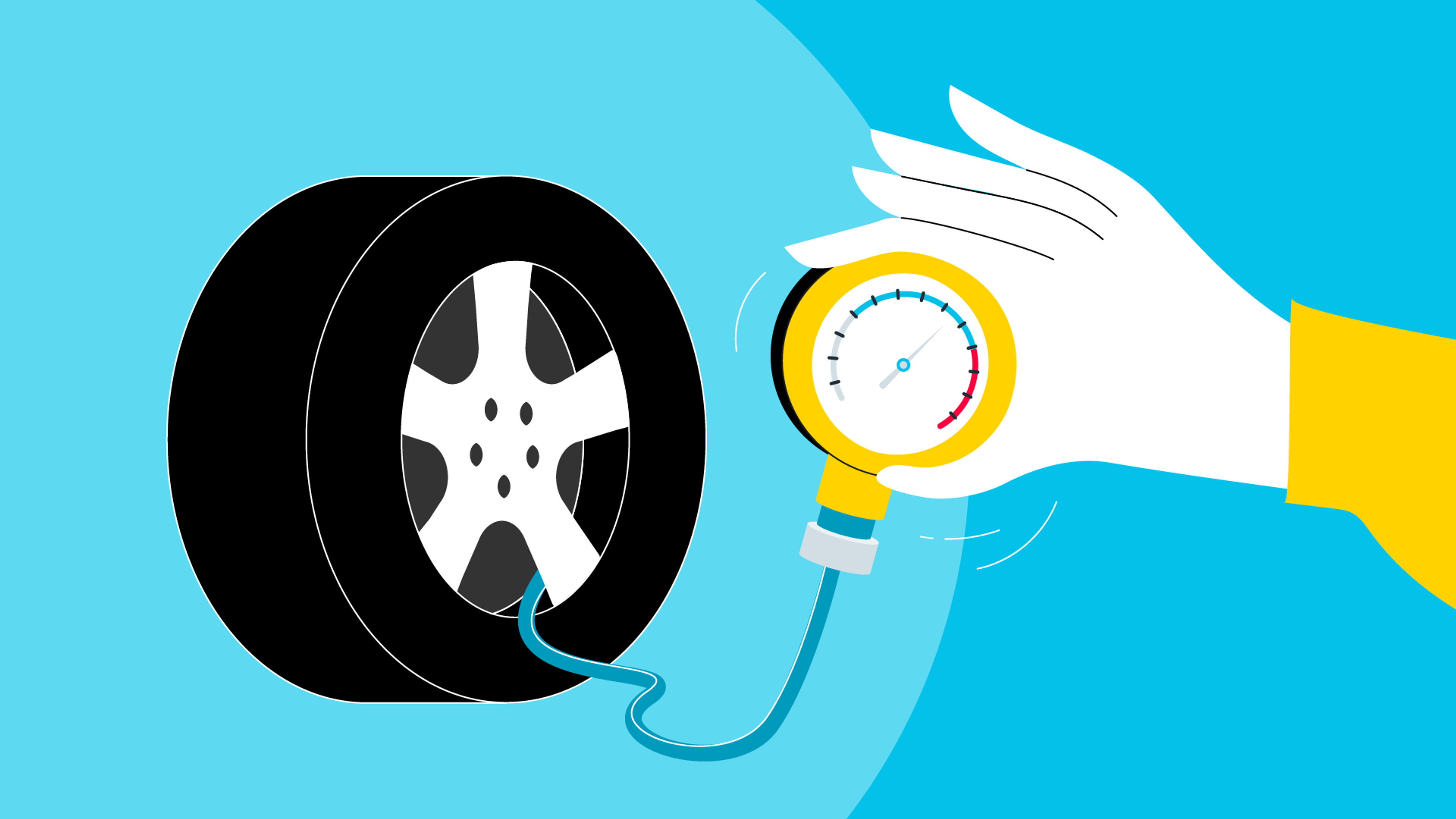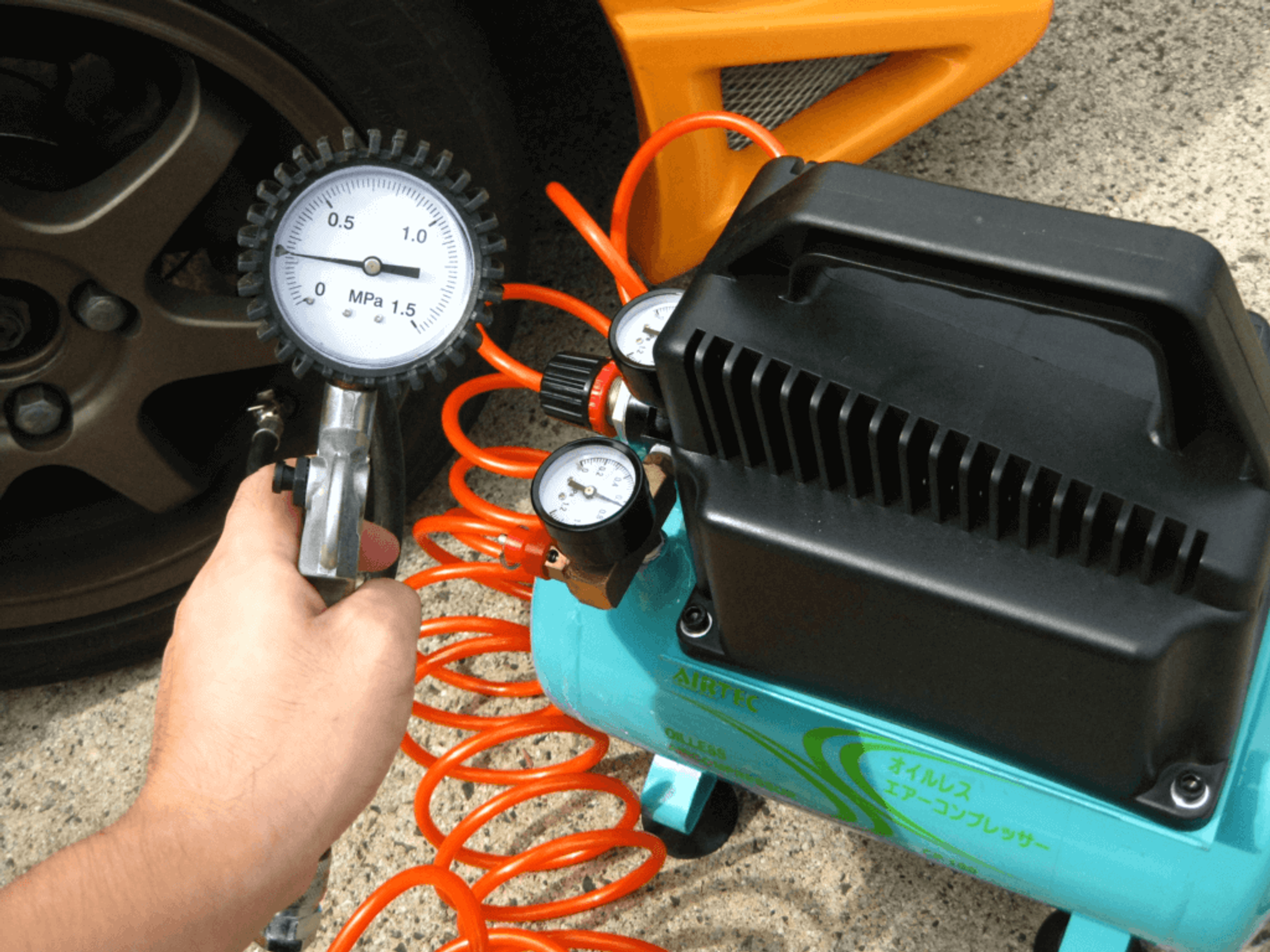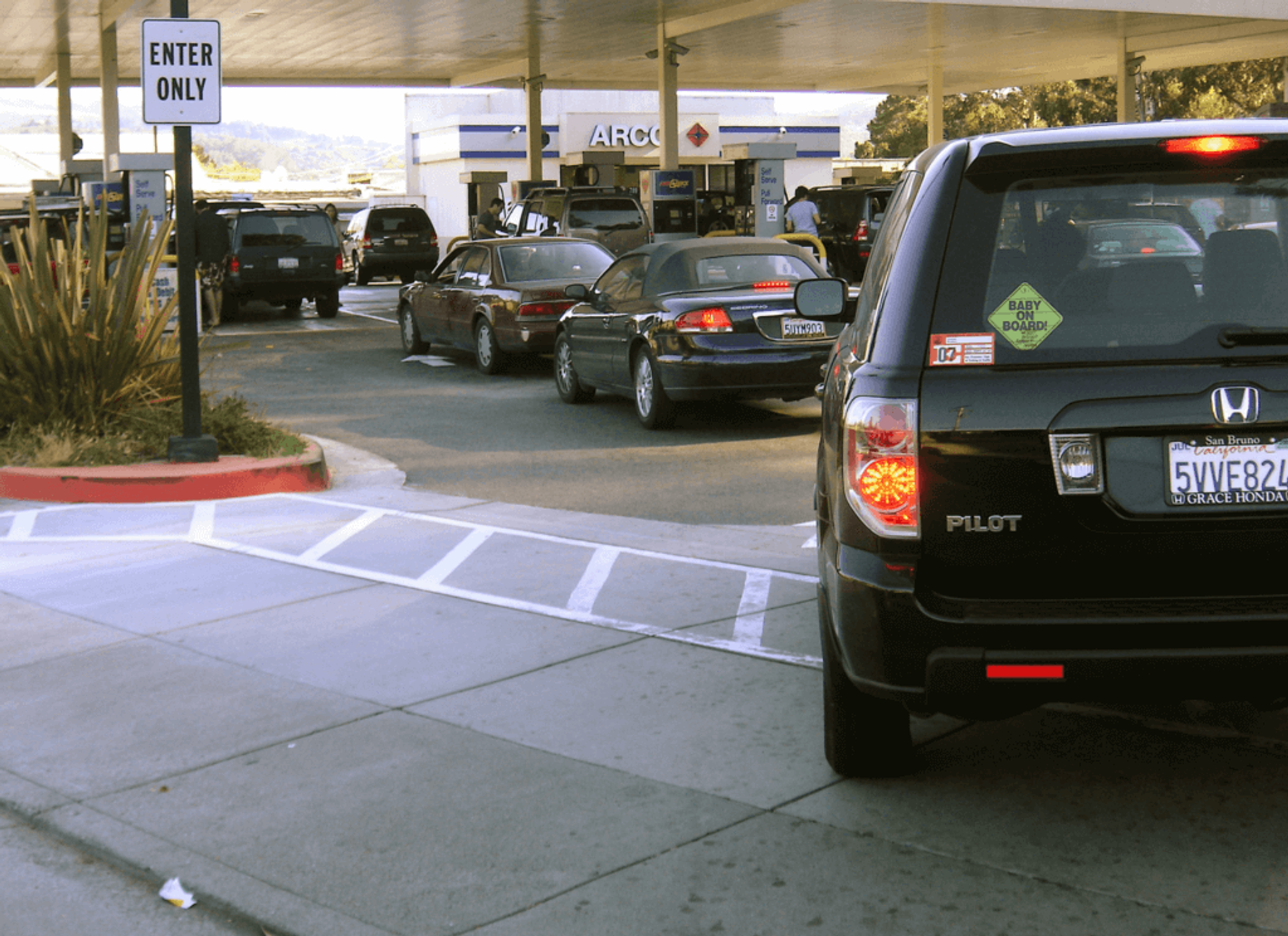
Regularly checking your car’s tire pressure improves your safety, comfort, and fuel economy. However, many drivers don’t know how much pressure their tires need, resulting in more wear and even blowouts.
In this guide, you’ll find everything you need to know about tire pressure and maintenance.

Buying a used motorcycle?
Check used motorcycle history before buying
Checking tire pressure
Rotating your tires on time and checking the pressure will prolong their lifespan. When a tire is underinflated, it wears down more quickly. Even the slightest bump will affect your vehicle’s suspension, as your tires won’t be able to absorb shocks well.
Driving with underinflated tires is also dangerous: your car will be less stable on the road, which can lead to an accident.
Overinflated tires create their own issues. What happens when you inflate a balloon too much? It pops. Now, imagine an overinflated tire that carries heavy loads and has to absorb impacts from potholes and bumps. An overinflated tire can blow out, causing you to lose control of your vehicle.
How do I know if my tires need more pressure?
It can be hard to feel if your tires need pressure, unless you check them with a pressure gauge. However, a few signs may indicate that your tires are underinflated:
- Your car drifts to one side when you ride on a straight road.
- The road feels bumpy.
- Increased fuel consumption.
- Uneven tire wear (this can only be visible if you’ve been driving with underinflated tires for a while).
How do I know my tire PSI?
If you want to know the PSI (pounds per square inch) on your tires, you can find it in the user’s manual. Additionally, a sticker with tire pressure numbers should be placed on the driver’s door frame.
Most tires have a maximum PSI, which can be found on the side wall of a tire. This number only indicates the maximum tire pressure you don’t want to exceed – don’t mix it with the recommended tire pressure.
Check tire pressure when they’re cold
If you want an accurate tire pressure reading, check it when your vehicle is cold. It’s best to perform this procedure in the morning, after a car has been stationary overnight.
On hot summer days, ensure your car is parked in the shade before checking its tire pressure. Otherwise, readings won’t be accurate. When you drive your vehicle even for a few miles or leave it under the sun, the tire pressure quickly increases. This way, you may inflate your tires less than you should.

Adjust car tire pressure in 4 simple steps
1. Determine your recommended PSIs
Check your car’s user manual to determine the recommended PSI. If you don’t have a physical copy, download it from the manufacturer’s website.
2. Remove the valve stem and use a tire pressure gauge
First, unscrew the valve cap and put it somewhere safe so you don’t lose it. Connect a tire pressure gauge to the valve stem.
3. Check the tire pressure
When checking the tire pressure, don’t forget that you need to measure the pressure in all 4 tires, as it may differ.
4. Inflate the tires
Use an air compressor to inflate your tires – you can find it in most gas stations. Make sure to park your car close to a compressor so that the hose can reach all 4 tires.
Set the required pressure on a compressor and connect the hose. Most compressors will automatically inflate your tires, so you don’t have to do anything. After it's done, you’ll hear a beep, meaning you can disconnect the hose.
In some gas stations, you can find manual air compressors with a tire pressure gauge. In this case, you’ll have to push a lever to start inflating a tire. After you release it, you’ll see how much pressure your tire has.
It shouldn't take more than 30 seconds to inflate a tire, depending on how underinflated it is. Checking your tire pressure every month is a part of your car’s maintenance, so it’s best not to skip it.
A routine tire pressure check can lower your gas mileage

If you drive with underinflated tires, your car will consume more fuel. When logging thousands of miles every month, this can add up to hundreds of dollars. Estimates say that properly inflated tires can improve your fuel economy by 3%.
According to the US Department of Energy, 3.56 million gallons of gas are wasted every day because drivers fail to maintain the correct tire pressure.
Other tire maintenance tips
To make your tires last longer and improve safety, you should constantly rotate your tires. Tires should be rotated from front to back or side to side every 5,000 miles. This way, your tires will wear evenly and you can extend their lifespan.
Cars with front-wheel-drive have more wear on the front tires because the front axle carries more weight. If you don't rotate your tires, your front tires will wear out, and your car will end up unbalanced, while your rear tires may still be in good shape.
Tires can tell you a lot about how a used car was treated
You can learn a lot from tires before buying a used car, as they can indicate how a car was treated and maintained by a previous owner.
For example, worn out treads may suggest that the tires were not rotated regularly or that the car was driven aggressively. Meanwhile, uneven wear patterns can indicate suspension or alignment issues, or issues like overinflation or underinflation. If the tires show signs of off-road use (like cuts or abrasions), the car may have been used for activities that put more stress on the tires and suspension.
Even though tires can tell a lot, they are just one piece of the puzzle. Before buying a car, ask the owner about maintenance records and consider getting a vehicle history report. The latter can help you learn about the car’s past, including accident history, odometer readings, ownership changes, and more. For instance, not knowing the real mileage of the car you’re about to purchase can result in overpaying, not to mention unexpected repairs in the future.

This, you can assess the car’s weak spots and bring those issues to the attention of a professional mechanic before purchasing it.

Check your VIN
Avoid costly problems by checking a vehicle's history. Get a report instantly!
Frequently asked questions

Article by
Karolis Bareckas
Karolis is an automotive writer focusing on the industry part of things. His goal is to educate readers and foster transparency in the used car market. With a passion for storytelling and extensive experience writing in a variety of fields, Karolis enjoys sharing his knowledge and spreading the word about automotive and tech topics. He’s also a a big fan of muscle cars and long road trips.
